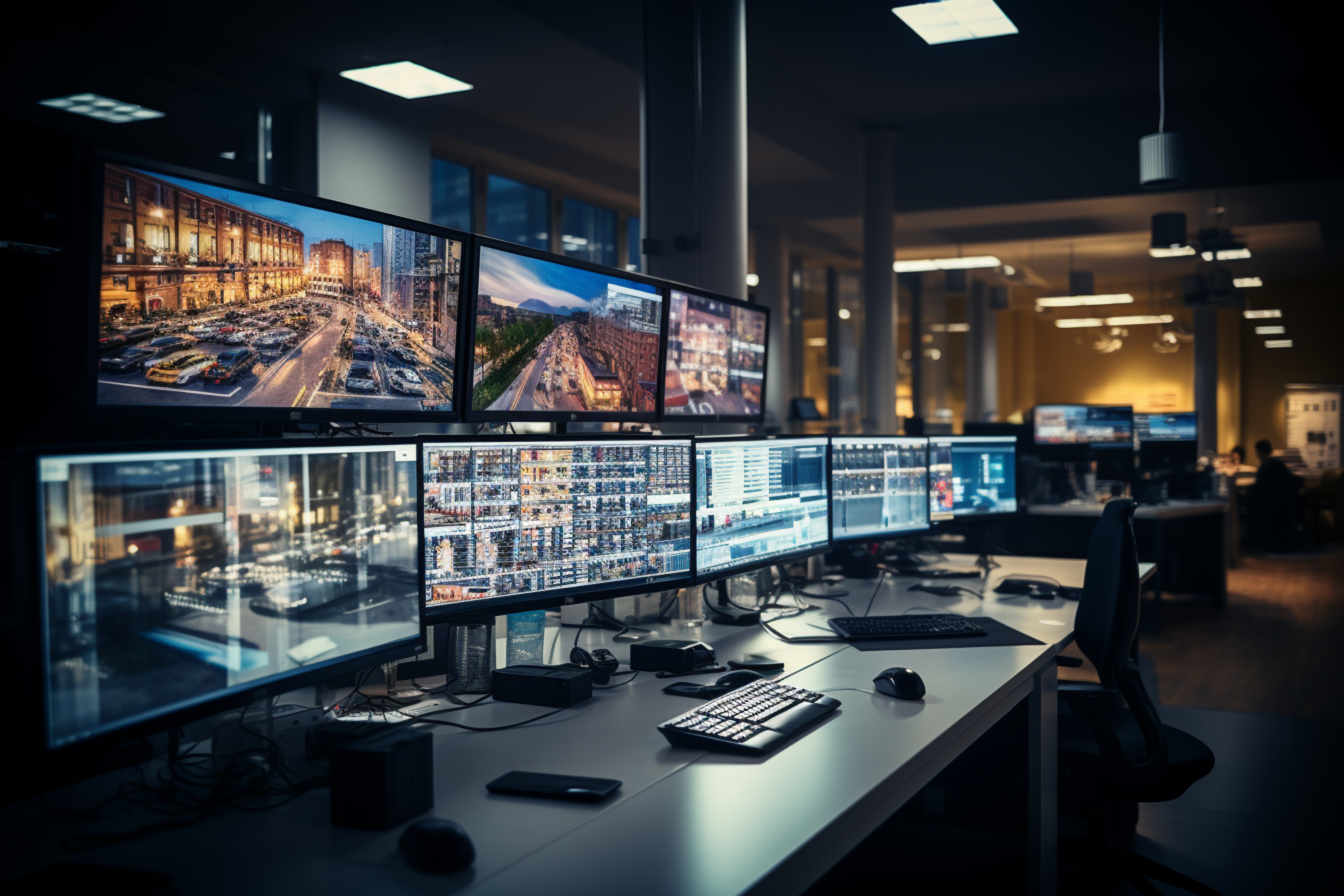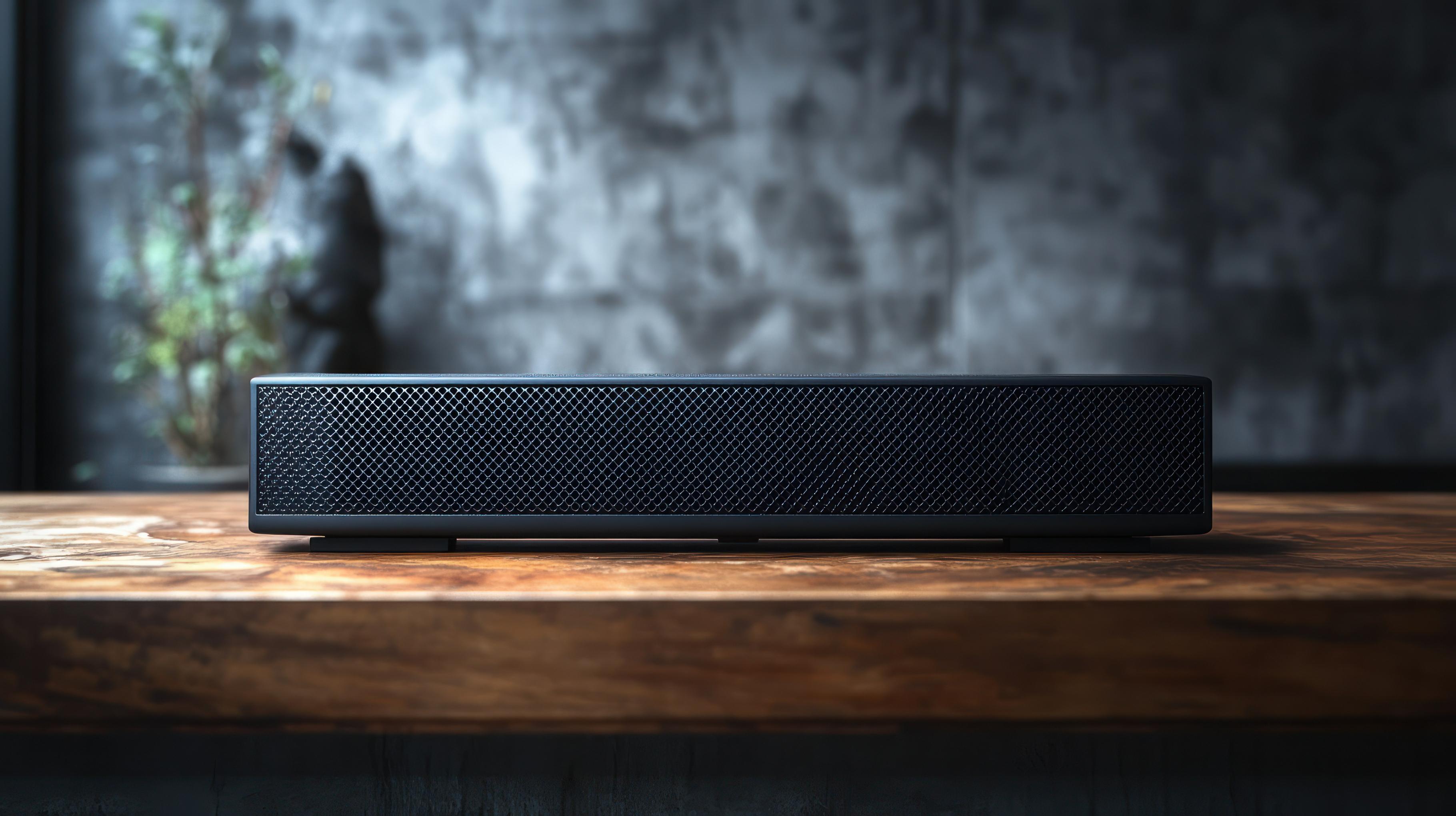
A well-equipped conference room is essential for hosting professional meetings, presentations, and collaborative sessions. The right audio-visual (AV) system can make the difference between a seamless, productive meeting and one plagued by technical difficulties. Setting up the perfect conference room AV solutions requires careful planning and consideration of various hardware components, as well as how they interact within the space.
In this guide, we will walk you through the process of setting up an optimal audio-visual system for your conference room, covering everything from essential hardware solutions to tips for maximising functionality.
Why Invest in High-Quality Conference Room AV Solutions?
A well-functioning AV system is crucial for modern businesses, where video conferencing, digital presentations, and collaborative meetings are common. The benefits of investing in a professional AV setup include:
Improved communication: Clear audio and visuals ensure everyone can participate fully, whether they are in the room or joining remotely.
Enhanced productivity: A reliable system reduces technical disruptions, allowing meetings to proceed smoothly.
Better engagement: High-quality visuals and audio help keep participants focused, making presentations more impactful.
Professionalism: A top-notch AV setup reflects well on your business, projecting a polished and organised image to clients and partners.
Now, let’s explore how to create the ideal audio-visual system in your conference room, focusing on the essential components and setup strategies.

Step 1: Assess the Room’s Needs
Before selecting the conference room hardware solutions, you need to understand the specific requirements of the room. Consider the following factors:
Room size: Larger rooms will require more powerful speakers and larger display screens to ensure everyone can see and hear clearly.
Purpose: Will the room be used primarily for presentations, video conferencing, or collaborative sessions? The setup should match the primary use case.
Lighting: The amount of natural and artificial light in the room can impact the performance of displays and projectors.
Number of participants: Larger groups may need additional microphones, cameras, and speakers to ensure everyone can participate equally.
Connectivity: Evaluate the devices participants will bring (laptops, tablets, smartphones) and ensure the system is compatible with multiple platforms.
Step 2: Choose the Right Display
One of the most critical components of any conference room AV system is the display. The display serves as the primary visual aid for presentations, video conferencing, and collaborative work. Here are some popular options:
1. Flat-Panel Displays
Flat-panel displays, such as LED or OLED screens, are ideal for small to medium-sized rooms. They offer excellent image quality, high resolutions (Full HD or 4K), and are easy to mount on walls.
Best For: Small to medium-sized conference rooms with direct, clear lines of sight to the screen.
Considerations: Ensure the display is large enough for everyone in the room to see clearly. For larger rooms, opt for screens at least 65 inches or more.
2. Projectors
For larger conference rooms or boardrooms, projectors offer greater flexibility with screen size. Modern projectors support high resolutions and can project onto large screens or walls, making them perfect for bigger audiences.
Best For: Large conference rooms or spaces that require flexible screen size.
Considerations: Ensure the room has controllable lighting, as too much ambient light can reduce image clarity. You’ll also need space to mount the projector and manage cables neatly.
3. Interactive Displays
Interactive touchscreens, like the Microsoft Surface Hub or Google Jamboard, offer collaboration-friendly features, allowing participants to draw, write, and interact with the content in real-time.
Best For: Collaborative meetings, brainstorming sessions, and interactive presentations.
Considerations: While these displays are excellent for team collaboration, they can be more expensive than standard flat-panel displays or projectors.

Step 3: Select the Right Audio Equipment
Clear, high-quality audio is just as important as visuals in a conference room. In many cases, poor sound quality can lead to miscommunication or frustration, especially in video conferencing scenarios. Let’s look at key conference room AV solutions for audio:
1. Speakers
The audio output needs to be strong enough to fill the entire room. Depending on the room’s size, you can choose between:
Ceiling or wall-mounted speakers: These are perfect for larger rooms as they distribute sound evenly across the space.
Soundbars: For smaller rooms, soundbars provide a compact and efficient audio solution that can be mounted directly under the display.
Best For: Both small and large conference rooms, depending on speaker size and output.
Considerations: Ensure the speakers are positioned correctly to avoid audio dead zones, and test sound levels from various seating positions in the room.
2. Microphones
Microphones are essential for ensuring everyone can hear and be heard during meetings, especially in larger conference rooms or when remote participants are involved.
Tabletop microphones: These are excellent for picking up voices in smaller meetings, typically placed in the centre of the table.
Ceiling-mounted microphones: Ideal for larger rooms, they provide better coverage by picking up sound from all directions.
Wireless microphones: These offer flexibility and freedom of movement, making them perfect for presenters who need to move around.
Best For: Video conferencing and meetings with larger groups.
Considerations: Ensure you choose microphones with noise-cancelling features to eliminate background sounds and enhance voice clarity.
Step 4: Incorporate Video Conferencing Equipment
In today’s global business environment, video conferencing has become a staple of modern meetings. Setting up the right conference room hardware solutions for video conferencing ensures you can connect seamlessly with remote teams. Here’s what you’ll need:
1. Cameras
A high-quality camera is essential for capturing clear video of the meeting participants. Look for features like:
Wide-angle lenses: These capture the entire room, ensuring that all participants are visible.
HD or 4K resolution: For crystal-clear video quality, especially in larger rooms.
Auto-tracking: Some advanced cameras can automatically focus on the speaker or active participant, ensuring smooth video conferencing.
Best For: Any conference room setup that involves remote participants.
Considerations: Choose a camera that integrates seamlessly with your video conferencing software and offers easy setup.
2. Video Conferencing Platforms
Ensure that your AV system is compatible with commonly used video conferencing platforms like Zoom, Microsoft Teams, or Google Meet. Some interactive displays come with built-in video conferencing capabilities, making the integration smoother.
Best For: Connecting with remote participants and facilitating hybrid meetings.
Considerations: Test the system beforehand to ensure all participants can see, hear, and communicate effectively.
Step 5: Set Up Wireless Presentation Solutions
Wireless presentation systems eliminate the need for cables and make meetings more efficient. Tools like Barco ClickShare or Mersive Solstice allow participants to wirelessly share their screens with the main display, creating a seamless experience for sharing content.
Best For: Meetings where multiple participants need to present or share content.
Considerations: Ensure the wireless presentation system supports various devices (laptops, tablets, smartphones) and works reliably within the room’s Wi-Fi network.
Step 6: Integrate Control Systems
Once all the hardware is in place, integrating a centralised control system simplifies the management of your AV setup. AV control systems allow you to manage audio, video, lighting, and even room temperature from a single interface. Some popular options include:
Crestron: Offers customisable control panels that manage everything from displays to sound systems.
Extron: Provides intuitive, user-friendly control solutions ideal for conference rooms.
AMX: Specialises in robust AV control systems for corporate environments.
Best For: Larger or more complex conference rooms with multiple AV components.
Considerations: Choose a control system that offers easy integration with your existing AV hardware and allows for remote management if necessary.
Step 7: Test and Fine-Tune the System
Once your audio-visual system is installed, it’s crucial to test everything to ensure optimal performance. Here’s how to fine-tune your system:
Test audio levels: Make sure the audio is clear and audible from all areas of the room. Adjust the volume and speaker positioning if necessary.
Check video quality: Ensure the display is visible from all seating positions and that the projector or screen resolution is set correctly.
Test video conferencing: Simulate a remote meeting to ensure the camera, microphones, and speakers work seamlessly with your conferencing software.
Test wireless connections: Make sure all participants can connect wirelessly to the display and that switching between devices is smooth.
Conclusion
Setting up the perfect audio-visual system in a conference room involves choosing the right combination of conference room AV solutions and hardware to suit your needs. Whether you're equipping a small huddle room or a large boardroom, it’s essential to select the right display, audio equipment, video conferencing tools, and wireless presentation solutions. By investing in high-quality components and integrating a control system, you’ll create a professional and efficient meeting space that enhances communication, collaboration, and productivity.
